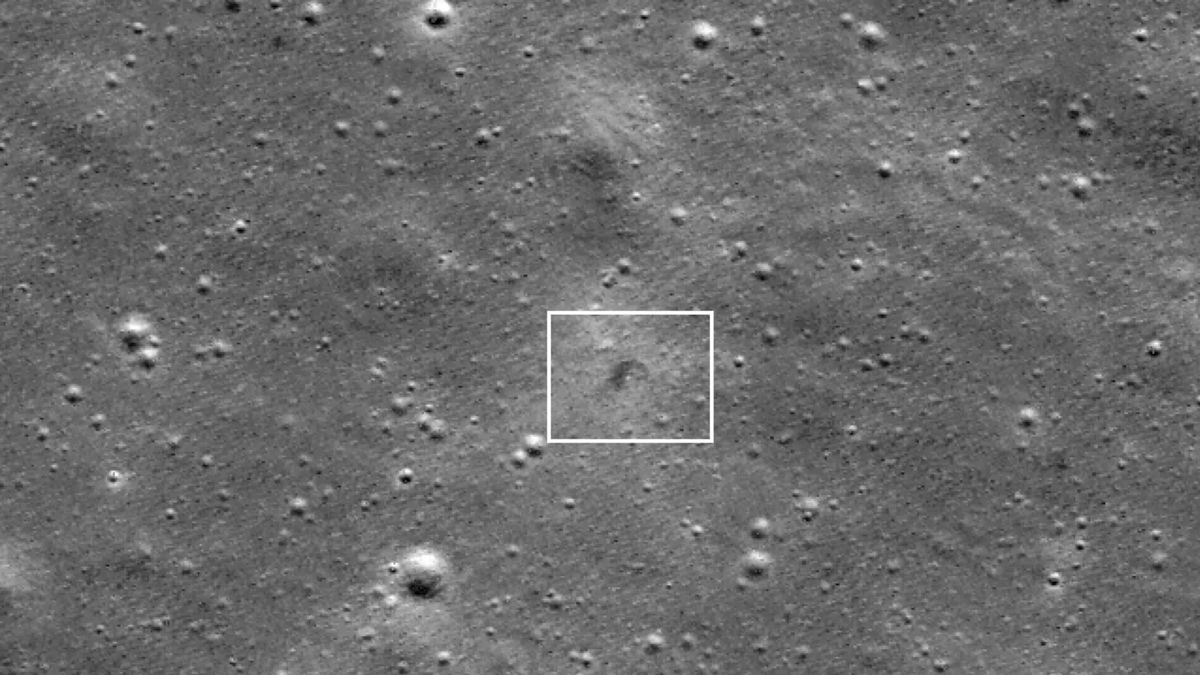Now Reading: NASA Identifies Debris of Japan’s ‘Resilience’ Moon Lander from Orbit
-
01
NASA Identifies Debris of Japan’s ‘Resilience’ Moon Lander from Orbit
NASA Identifies Debris of Japan’s ‘Resilience’ Moon Lander from Orbit

Swift Summary
- NASA and ISRO spacecraft captured images of Japan’s Resilience lunar lander crash site after its failed attempt to land on June 5, revealing scattered debris.
- Resilience, made by Japanese company ispace, was carrying the Tenacious rover and an art project called “Moonhouse.”
- Contact with Resilience was lost 100 seconds before landing; telemetry suggests issues with the laser rangefinder prevented proper deceleration.
- NASA’s Lunar Reconnaissance Orbiter documented dark regolith displacement from the crash on June 11. ISRO’s Chandrayaan-2 orbiter provided detailed images of debris on June 16.
- Astronomy enthusiast Shanmuga Subramanian identified at least 12 pieces of debris but their distances remain unclarified.
- The failure follows another ispace mission that likely crashed in April 2023; though, Japan’s aerospace agency landed SLIM successfully in January 2024.
Indian Opinion analysis
The coordinated efforts between global space agencies underscore the expanding role India plays in advancing lunar exploration. The detailed imaging provided by ISRO’s Chandrayaan-2 highlights India’s technological prowess as a reliable contributor to international scientific endeavors. While failures like Japan’s private venture reflect inherent risks associated with moon landings, they offer critical data for future advancements. Importantly, this aligns with india’s own success through Chandrayaan missions-for instance, detecting a long-awaited “moonquake.” Such incidents collectively aid in refining methodologies within the broader vision of sustained lunar presence and deeper space exploration.























